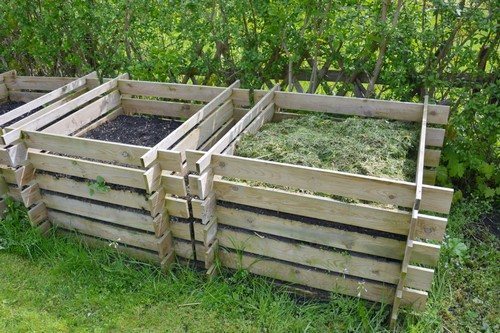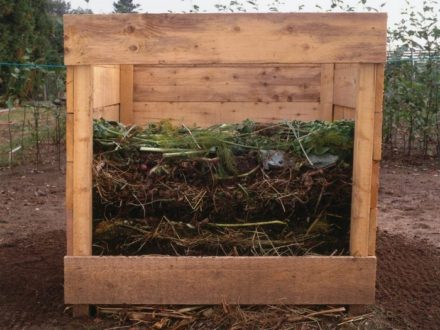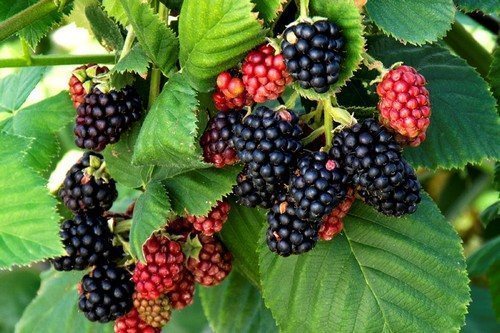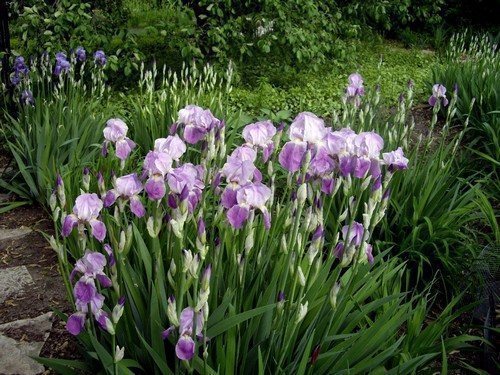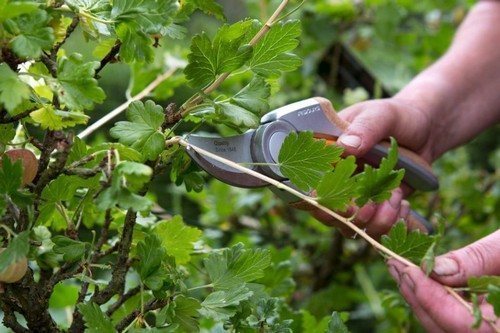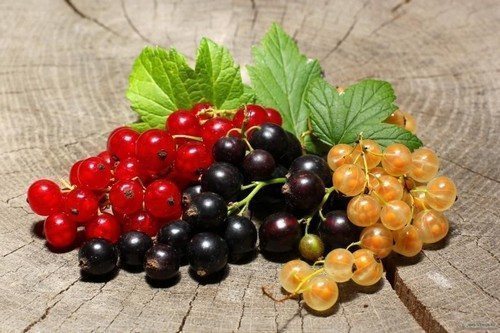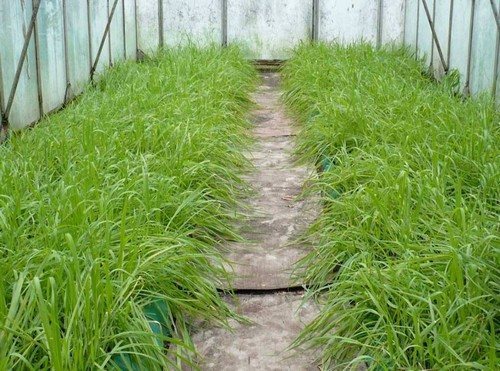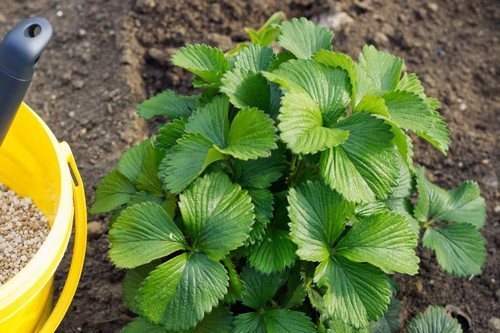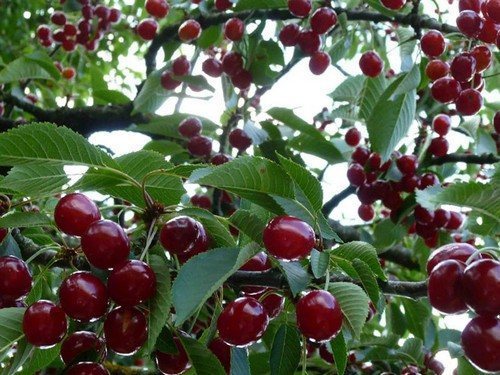Every self-respecting gardener uses different options for fertilizers for plants in his or her summer cottage. The most accessible and versatile is compost. This valuable fertilizer is easy to obtain yourself. Properly prepared humus will provide adequate nutrition to plants, improve soil composition and increase productivity. It is made from scrap materials that are usually thrown away: plant waste, weeds from the garden, manure.
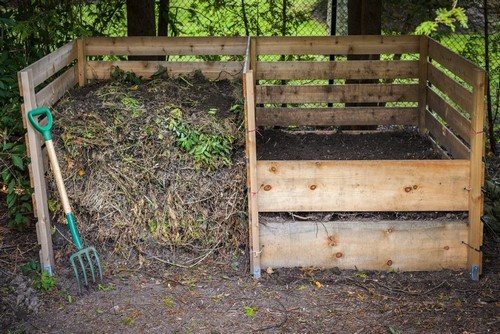
A compost heap is comparable to a living organism, in which energy bubbles, turning garbage into vital fertilizer. But he needs care. This will not be difficult if you follow some simple rules. Here are some tips on preparing your compost for winter.
Fencing
To properly organize a place for humus to live, a large box or barrel without a bottom is suitable. Contact with open ground plays a significant role in rotting processes. Since compost ripening lasts for two years, it is advisable to have 3 containers. The first will contain fresh raw materials, the second will contain last year’s mixture, and the third will contain ready-made fertilizer.
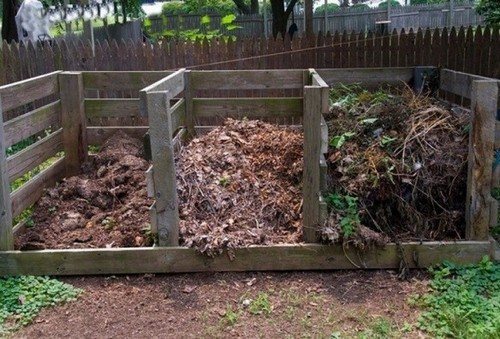
The heap fence facilitates convenient storage and care.
Uniform processes
From time to time, the humus area is replenished with fresh household waste or dry grass. In autumn, fallen leaves of trees are also added. What lies below has become thoroughly rotten. Unlike the top layers.In order for the fermentation processes to proceed more evenly, the heap must be thoroughly mixed.
To prevent a bad smell, it is advisable to sprinkle the compost with peat, sawdust or just soil when mixing.
Air exchange
It is also known from lessons at school that oxygen is indispensable for the life of microorganisms. In this case, with compost, no one has canceled the laws of chemistry. In order for the “heap to breathe”, oxygen is needed. To do this, just pierce it with a pitchfork or long sticks, reaching to the very bottom layers.
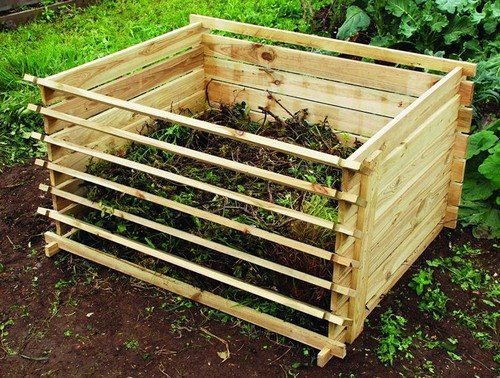
Moisture
Another essential element for proper storage and maturation of compost is water. In dry weather, you need to ensure sufficient humidity. To do this, the pile is watered with plain water as needed.
Beneficial bacteria
Many summer residents “help their heap” quickly turn into useful fertilizer. On the shelves of gardening stores you can find bioconcentrates to accelerate the formation of beneficial bacteria. Before the onset of cold weather, the stimulator must be placed in immature compost, because it only works in positive weather.
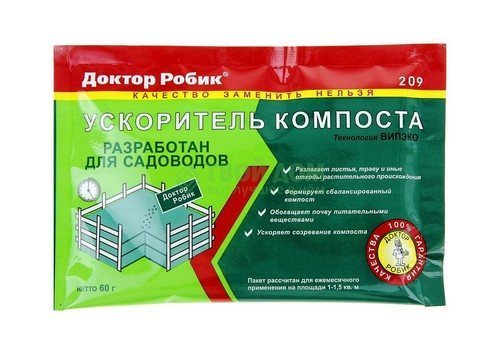
In the spring, for the same purpose, earthworms are released into a pile or watered with a solution of chicken droppings.
Insulation
When cold weather sets in, care must be taken to insulate the compost bin. For this purpose, the pile is sprinkled with peat. A layer of straw is placed on top to maintain comfortable composting conditions.
To cover or not to cover a pile is still a controversial issue. Many people cover the compost bin with polyethylene the old fashioned way.It is believed that this way moisture is retained better and heat is retained.
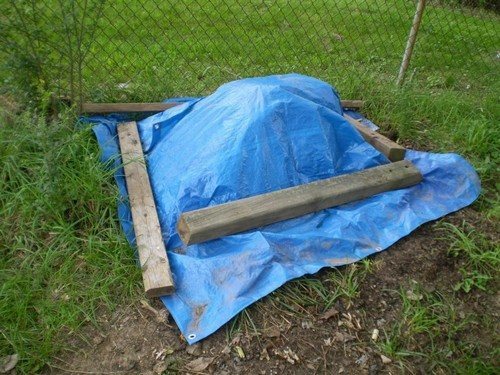
Do-it-yourself compost will replace many expensive fertilizers. It will give you confidence in your own abilities to obtain a high-quality and healthy harvest. And it will contribute to the vigorous growth and flowering of crops in the summer cottage.


